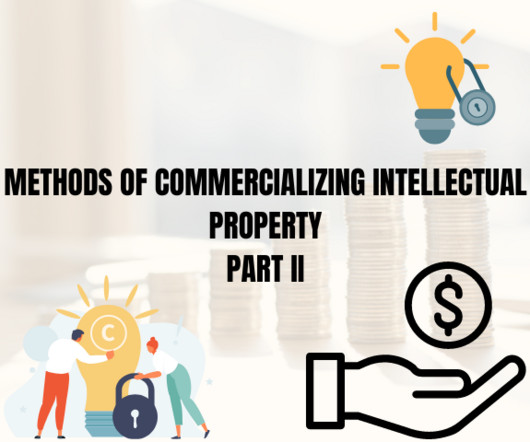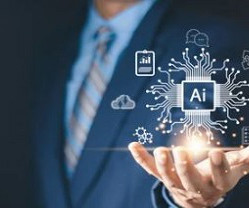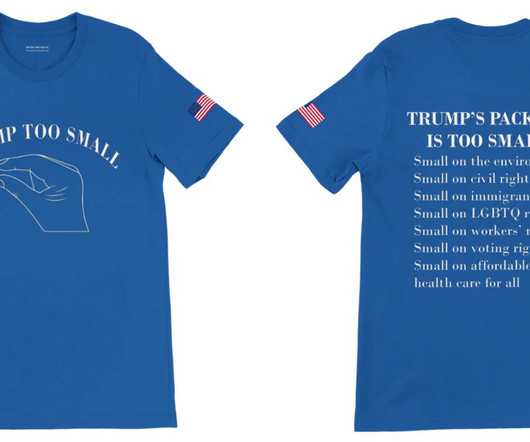Who Owns the Copyright in AI-Generated Art?
Intepat
SEPTEMBER 15, 2023
AI-generated art represents a fusion of human ingenuity in crafting algorithms and the machine’s ability to produce artworks autonomously. Copyright laws are designed to safeguard the rights of creators. To navigate this complex issue, it is essential to explore the current legal frameworks governing AI-generated art.













Let's personalize your content